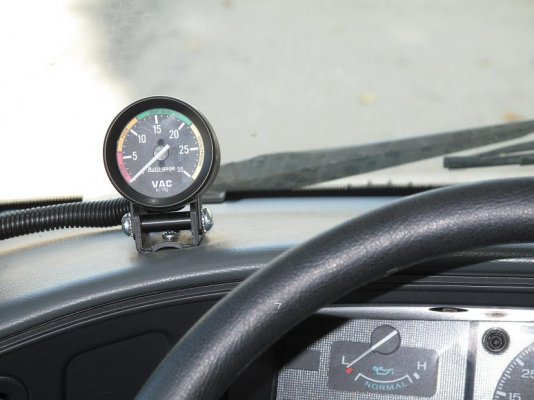taoshum
Well-known member
My son has a F250 that gets 17 town and 20 hiway unloaded and he drives it hard. It's a 2004 model, and, he's had it modified to have even more power/torque than stock, so it would probably get better MPG if it were stock. FWIW.

